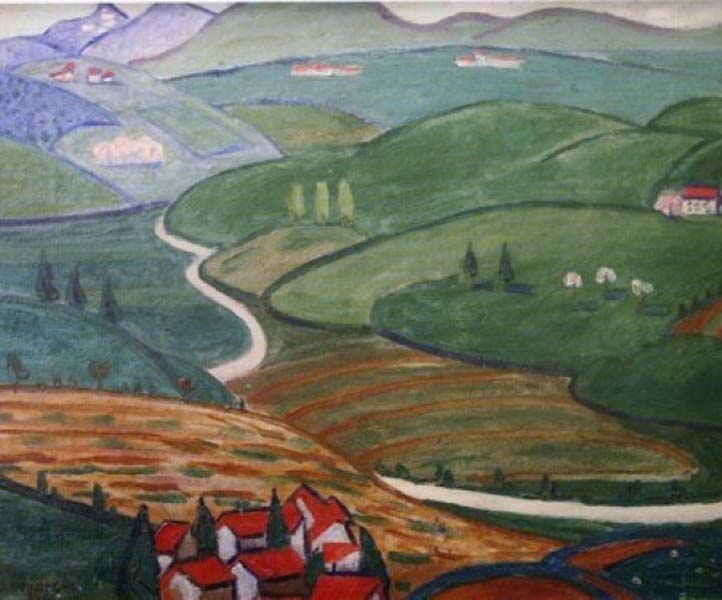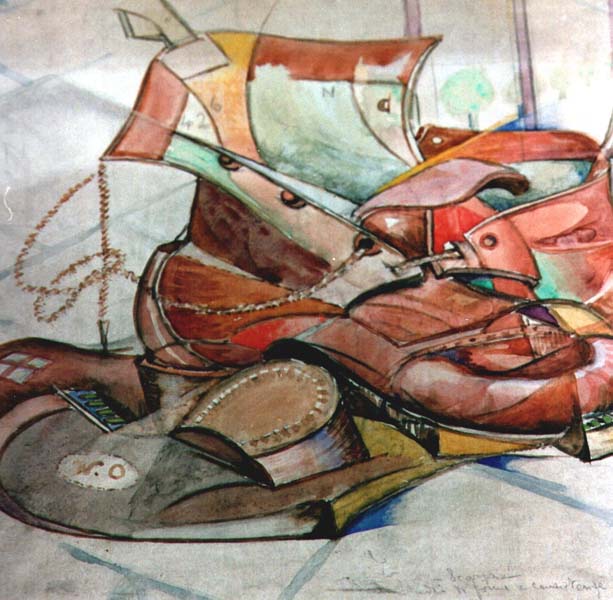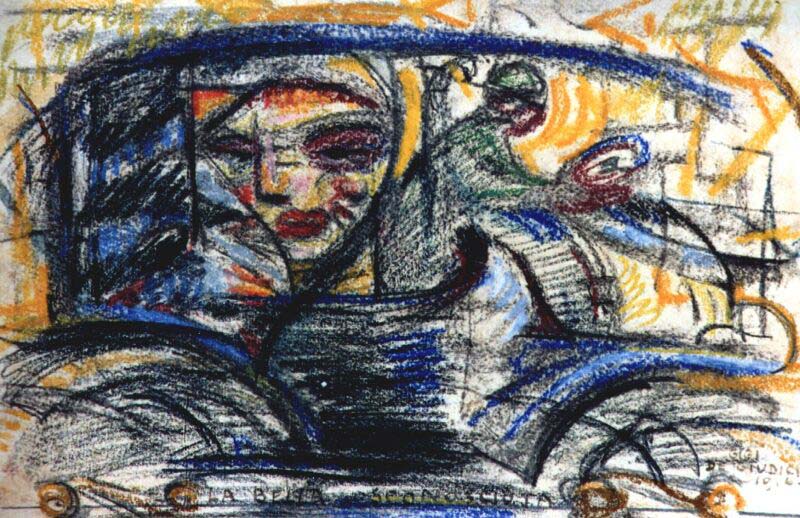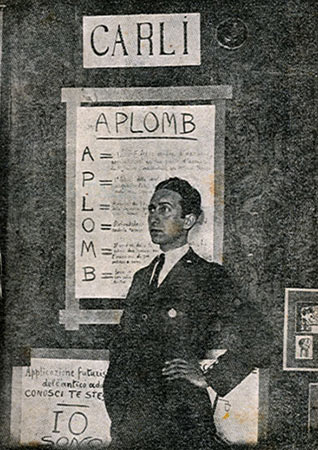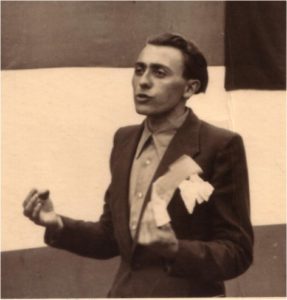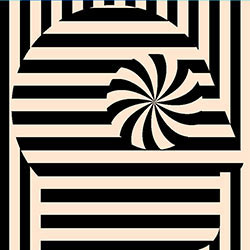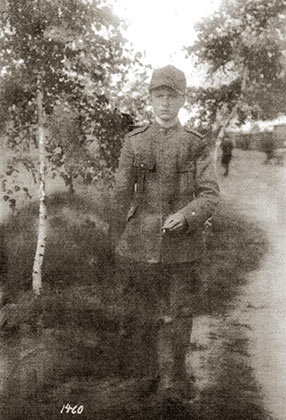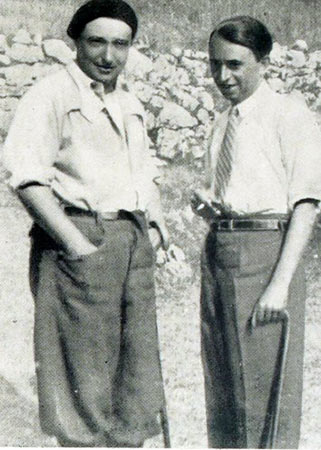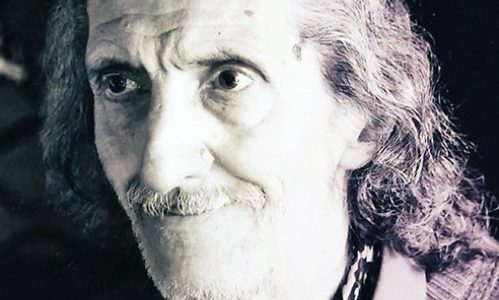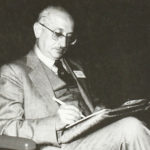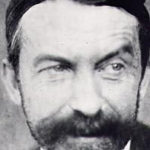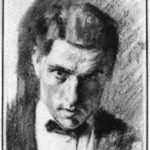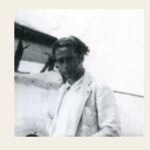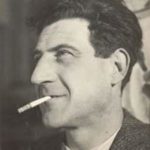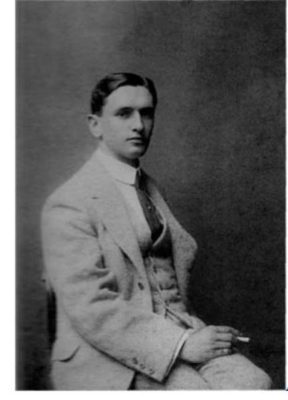
De Giudici Luigi
Luigi De Giudici (12 dicembre 1887 – 16 Febbraio, 1955) è stato un italiano pittore del movimento anti-accademica veneziana nei primi anni del XX secolo. Le sue opere sono state esposte a Ca’ Pesaro tra il 1912 e il 1920 e al all’Esposizione Internazionale di Parigi (1937).
È nato a Pavia di Udine di Friuli origini sulle origini laterali e la Carnia di suo padre su parte di madre. Egli artisticamente cresciuto a Venezia . Partendo dalla rappresentazione di un mondo salotto del gusto liberty, anche attraverso l’ironia di caricatura , era sensibile alle avanguardie degli inizi del XX secolo, dal Futurismo al espressionismo , dal movimento di Pont-Aven a le Secessioni di Vienna e Monaco di Baviera.
Si formò artisticamente nel melting pot di stili e irripetibile novità del Barbantini Ca’ Pesaro del 1910. Tra i suoi amici erano Boccioni , Gino Rossi, Arturo Martini , Mauroner, Pellis, e Pomi. La sua carriera è stata interrotta nel 1919, quando, all’età di 32 anni, ha deciso di smettere di dipingere. Si è sposato e ha avuto sei figli, e fece il suo vivere gestendo le sue proprietà. E ‘stato sindaco di Oderzo 1925-1927.
Tornò alla pittura nel 1931 per piacere personale e, infine, si fermò nel 1937. Quando morì a Venezia nel 1955, i suoi primi dipinti sono stati trovati in una cassa chiusa. Solo per caso il figlio Angelo trovato il suo nome in un elenco degli espositori di Ca’ Pesaro e nel 1992 Luigi De Guidici iniziò ad essere studiato.
Luigi De Giudici
(English)
Luigi De Giudici (December 12, 1887 – February 16, 1955) was an Italian painter of the Venetian anti-academic movement in the first years of the twentieth century. His works were exhibited at Ca’ Pesaro between 1912 and 1920 and at the International Exposition of Paris (1937).
He was born in Pavia di Udine of Friuli origins on his father’s side and Carnia origins on his mother’s side. He artistically grew up in Venice. Starting from the representation of a living room world of liberty taste, also through the irony of caricature, he was sensible to the avant-garde movements of the beginning of the twentieth century, from Futurism to Expressionism, from the movement of Pont-Aven to the Secessions in Vienna and Munich. He artistically formed in the unrepeatable melting pot of styles and newness of the Barbantini’s Ca’ Pesaro of the 1910s. Among his friends were Boccioni, Gino Rossi, Arturo Martini, Mauroner, Pellis, and Pomi.
His career was interrupted in 1919 when, at the age of 32 years, he decided to stop painting. He got married and had six children, and made his living by managing his properties. He was Mayor of Oderzo from 1925 to 1927.
He went back to painting in 1931 for personal pleasure and finally stopped in 1937. When he died in Venice in 1955, his early paintings were found in a locked chest. Only by chance his son Angelo found his name in a list of exhibitors of Ca’ Pesaro and in 1992 Luigi De Guidici started to be studied.
